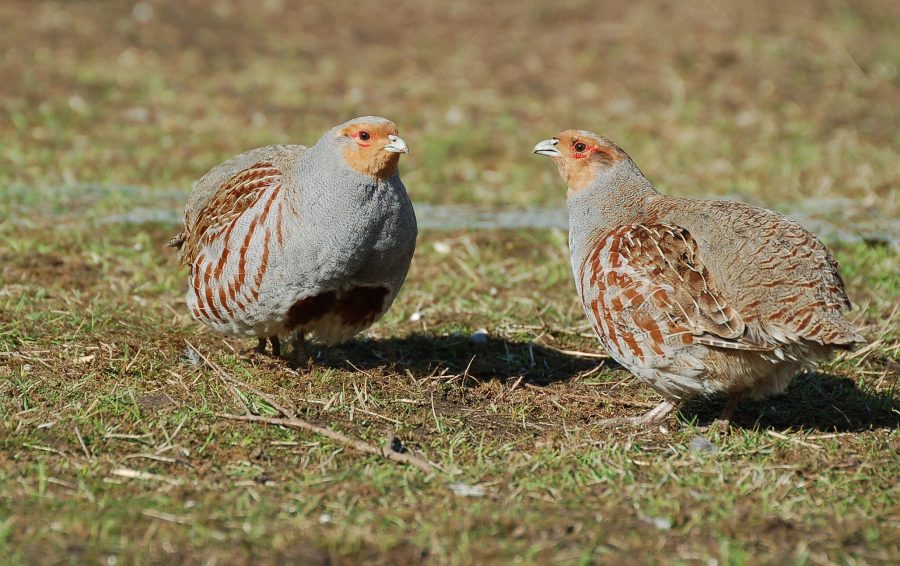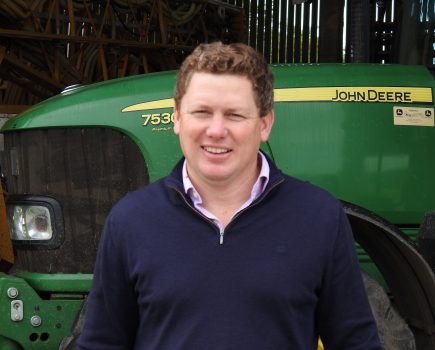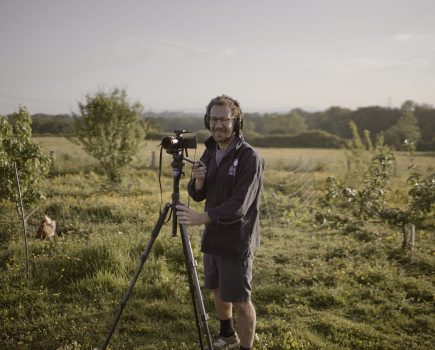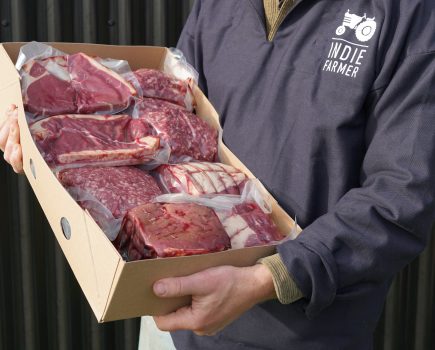A countrywide bird survey is using its 90th birthday to call on farmers and land managers in the south of England to join and commit to supporting wildlife. Since 1933, the Partridge Count Scheme (PCS) run by the Game & Wildlife Conservation Trust (GWCT), has asked volunteers to count grey partridges twice a year and submit their results to a national database.
“The future of the grey partridge rests in the hands of those who farm and manage our countryside, through the land management measures that they can implement,” says Neville Kingdon who runs the PCS. “Grey partridges face many of the same challenges as other farmland wildlife – food supply, nesting cover and the impacts of predation.”
The wild grey partridge, Perdix perdix, was once widespread but is now one of the UK’s fastest-declining bird species, with numbers having plummeted by 92% between 1967 and 2020 (according to the British Trust for Ornithology). This is bad news for wider farmland biodiversity, says Neville:
“The grey partridge is one of the best indicators of farmland ecosystem health; where they thrive, biodiversity is high but in areas where few or no partridges exist, the farm environment is typically much poorer for wildlife.”
Results from the 2022 partridge counts suggest that the grey partridge continues to struggle in the in the south of England and, with the very hot dry summer, both chick productivity (the ratio of chicks to adults counted) and bird density dropped – the latter by a worrying -34%. The number of counts carried out in the south also went down. Neville is keen to reverse that drop and recruit more land managers in the South:
“Understanding how grey partridge are faring can give you a clearer picture of the health of your land. By joining the Partridge Count Scheme and carrying out some simple monitoring, you can better understand the causes of their decline and learn how to support this wonderful bird.”
The free scheme asks those taking part to spend a few hours counting the wild grey partridges on their land in the spring and autumn. Volunteers will receive instructions and after the count will be sent site-specific feedback on how their partridges are faring and what they can do to help them. What counts uncover can provide an early warning of a problem, enabling land managers to make small incremental changes to the way they manage the land which will also benefit many other species.
The Partridge Count Scheme provides vital data to scientists and policymakers on long-term trends and the effect that positive game and habitat management can have on grey partridges, as well as providing practical guidance to farmers and game managers on supporting grey partridges.
GWCT research since 1933 has shown that the grey partridge’s decline has much to do with the intensification of food production. Since the Second World War the widespread use of herbicides and insecticides has eliminated both the arable weeds that provide food for the insects that grey partridge chicks feed on, and the insects themselves. The push to maximise production and the removal of hedges caused the loss of nesting habitat. Fewer winter stubble fields meant the removal of a vital food supply at the harshest time of year and a reduction in predation control has resulted in more hen and nest losses. These factors combined have seen the grey partridge added to the red list of birds of conservation concern.
Bare fields in the winter months provide the best chance to see the ground-dwelling grey partridge on farmland, when they gather in ‘coveys’ or family groups, to feed on seeds and shoots. Being a medium-sized bird, the grey partridge is easier to observe by non-bird watchers than most other farmland birds. Sometimes rudely described as dumpy or portly, the grey partridge has a distinctive orange face and flies with a whirring sound, with occasional glides. This little bird’s tenacity, charm and remarkable parenting ability continues to make it a favourite sight for many farmers and gamekeepers.
“At this time of year,” said Neville, “they may be out in pairs prospecting for nesting sites, or you might hear the male’s distinctive kieerr-ik kieerr-ik – calling for a mate.”
There is much that land managers can do to support the greys they have and increase future numbers while still ensuring productive farmland, according to Neville: “Especially if you only have a few pairs, if you aim to double their numbers on your land and other land managers across the country do the same, then we can make a real difference to the future of this iconic species. Please consider joining the Partridge Count Scheme.”
Landowners, managers and gamekeepers can find more information and join the scheme at www.gwct.org.uk/partridge
Picture ©Peter Thompson
For more like this, sign up for the FREE South East Farmer e-newsletter here and receive all the latest farming news, reviews and insight straight to your inbox.







